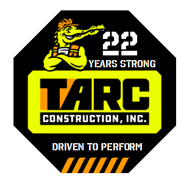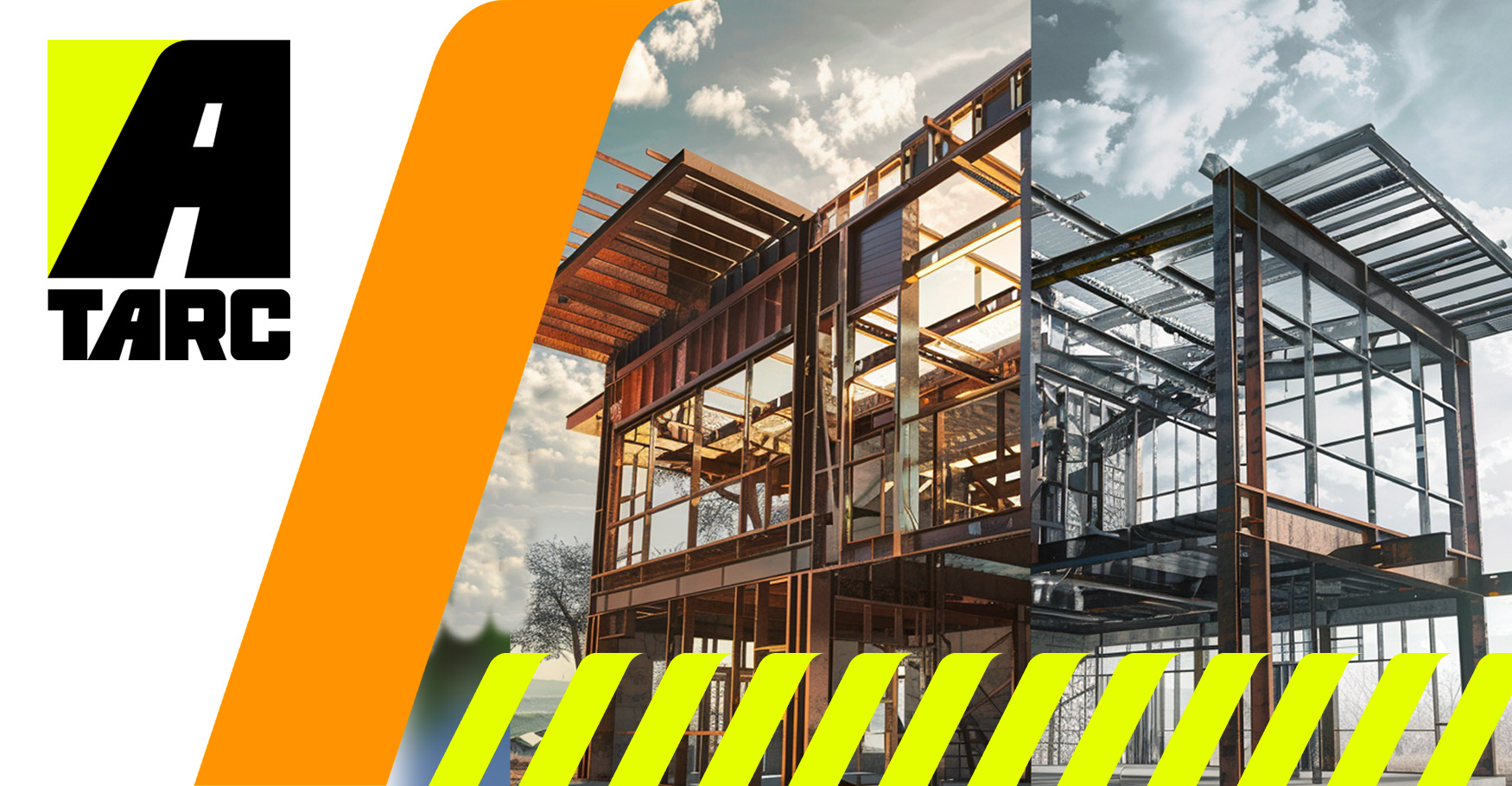SB 326 & SB 721 deadlines are quickly approaching and TARC’s Steel Division is here to help!
With the January 1, 2025, deadline to have completed the first round of Exterior Elevated Element (EEE) inspections for apartment owners, and condominium communities alike, we are seeing a greater shift in the utilization of steel framing, as a result. At TARC, we not only manufacture steel products, we assist communities, contractors, and design professional firms, by supplying structural steel components that are tailored to the individual needs of each client. We would love to assist you on your repair projects and are happy to become involved at the early planning stages of any design!
Before we dig into that a bit more, we feel it is pertinent to provide a bit of background, in case you are not familiar with the abbreviations used above! On January 1, 2019, Senate Bill 721, also known as “The Balcony Bill”, and Chapter 445, came into effect for apartment owners, followed by Senate Bill 326, which is now part of the California Civil Code governing homeowners’ associations in Civil Code 5551. While there are significant differences regarding the protocols for these inspections, ranging from who can perform them, to the inspection percentage requirements, and the frequency mandated for their reoccurrence, just to name a few, the basic intent for both laws was the same – to increase safety within multifamily residences. The legislation written that ultimately became these two laws were drafted in response to the 2015 Berkeley balcony collapse that killed 6 students and injured many more causing a national news response. The heightened awareness of these laws occurred as a result of other tragedy’s around our country, most significantly publicized by the Surfside collapse in Florida, which killed 98 people, causing grief and panic, anew. The goal of these lawmakers was to ensure the safety of any wood-framed elevated walkway, stair stringer, or balcony deck, that extends beyond a building’s exterior, most often referred to as EEEs.
The reason that this legislation only applied to wood framed structures is because wood is known to deteriorate after a certain number of years, and due to the way these elements are constructed, a majority of the wood-framing is not visible to the naked eye. For example, with stucco being such a widely used cladding system in our residential construction, which is cementitious by design, and thus porous, it is impossible to see the framing beneath, or any deterioration that may be occurring. Areas that appear aesthetically perfect from the exterior can be completely decayed underneath due to improper water proofing, a failed building component, or an undetected leak. Additionally, balcony soffits hide the very components that provide the structural integrity to a balcony deck system, and coating systems on top of these areas are rarely maintained properly. Wood is fundamental, and is invaluable, in residential construction, however it has a lifespan that requires maintenance in order to achieve the appropriate longevity. When considering exterior elevated element repairs, it may make economic sense to consider switching to steel-based framing components.
Steel is gaining popularity in residential construction because of its durability, stability, design flexibility, and longevity. Steel does not warp, twist, or shrink, when exposed to different weather conditions, nor does it allow for bioorganic growth, termite or pest damage, or the same type of delamination and decay when exposed to moisture, like wood does. Steel can be fabricated to accommodate the necessary functional loads, as well as allow for intricate design systems to achieve a desired aesthetic. Steel does need to be properly coated, and maintained, however it requires far less financial commitment over the long haul in maintenance and replacement costs. Additionally, while steel may be more expensive initially, with the consistent price of lumber increasing, and our natural resources diminishing, the difference is far less than often assumed. If you add to that the cost of ongoing and perpetual EEE inspections, repairs, and replacement now mandated by law for your communities, the overall cost of steel framing is far less than wood framing as a community, and the components within it, age. At TARC, we want to be a resource for you and your communities, now and in the future. Please reach out to us today to see if we can help provide you with long-term, cost-effective solutions that prolong the life of your building components and reduce your maintenance obligations.

